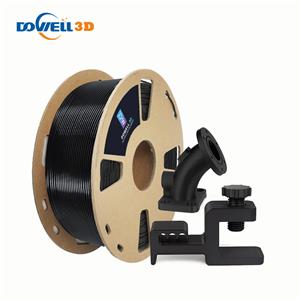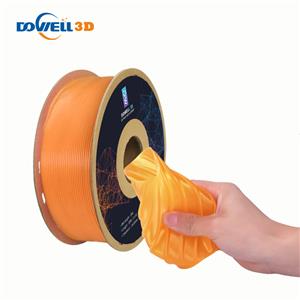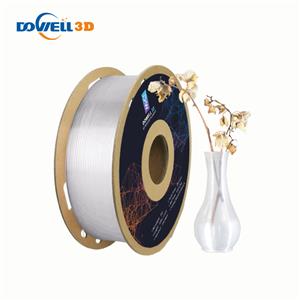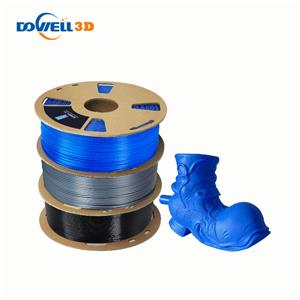Is ABS filament good for 3D printing?
ABS (acrylonitrile butadiene styrene) is probably the most common filament used in 3D printing. It is especially valuable in strong plastic parts that must remain resilient in the face of temperature swings. It is mainly used in FDM (fused deposition modeling) 3D printers. ABS is a thermoplastic polymer composed of three monomers: acrylonitrile, butadiene, and styrene. The material was first patented in the 1940s and very quickly gained popularity.
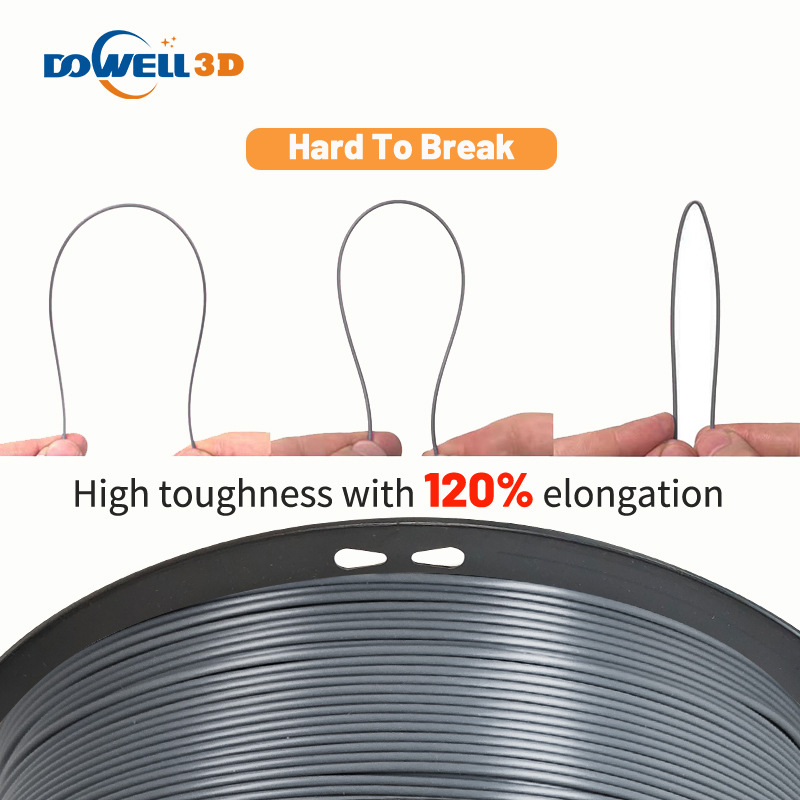
ABS is used in many industries today because of its flexibility, moldability, and strength. You can find it in such varied products as Lego toys, home appliances, and piping systems. Compared to most inexpensive polymers, ABS is quite flexible, resists high temperatures, and can easily be machined. In the realm of 3D printing, it is valued because it prints quickly and is more durable than many other options. This article will define ABS 3D printing filament, examine its composition and properties, and compare it to other 3D printing filaments.
What is ABS 3D Printing?
ABS is one of many polymer filaments that FDM and FFF printers can employ. At the proper temperature, it is easy to mold into nearly any shape. ABS solidifies evenly and cures without any post-processing. Users tend to choose it for its relatively high-temperature resistance and flexibility.
What is the Composition of ABS Filament?
ABS is a copolymer composed of three monomers. It is made by polymerizing acrylonitrile and styrene in the presence of butadiene. Acrylonitrile gives it rigidity, chemical resistance, and strength. Styrene provides a smooth and shiny texture. And butadiene is the rubbery component that makes ABS tough.
What Are the Properties of ABS Filament?
ABS filament is a commonly used filament for general-purpose printing. Listed below are some of its properties:
Has high heat tolerance that can withstand hot temperatures.
ABS-printed parts are extra tough and can survive multiple impacts. It has good impact resistance even at low temperatures.
ABS filaments have a superior melt flow.
Good abrasion and strain resistance.
Comparison of ABS Filament Properties with PLA filament/ PETG filament
Properties ABS PLA PETG Impact strength
200-215 J/m
26 J/m
101 J/m
UV resistance
Average
Average
Better than average
Density
1.03-1.14 g/mL
1.24 g/mL
1.27 g/mL
Thermal conductivity
0.17- 0.23 W/mK
0.111 W/mK
0.21 W/mK
Elongation at break
10-50%
7%
130%
Yield strength
2.96-48 MPa
70 MPa
50 MPa
Flexural strength
2400 MPa
106 MPa
70 MPa
Hardness shore D
100
88
106
Tensile strength
2.96-43 MPa
59 MPa
53 MPa
Specific heat capacity
1.60-2.13 kJ/(kg·K)
1.590 kJ/(kg·K)
1.30 kJ/(kg·K)
Young modulus
1.79-3.2 GPa
3.5 GPa
2.1 GPa
What Are the Limitations of 3D Printing with ABS?
The shortcomings of 3D printing with ABS (acrylonitrile butadiene styrene) are:
It releases toxic, foul-smelling volatile organic compounds (VOCs) while printing.
Printed parts are prone to warping. This is caused by uneven temperature distribution during printing when the layers cool faster before binding with the next layer underneath.
ABS becomes discolored and often brittle under prolonged exposure to UV radiation. It thus is not well suited to outdoor applications.
The strengths of ABS, however, are:
It has good mechanical properties that make it strong, durable, and reliable.
The interface lines between printed layers can easily be removed using acetone.
Compared to other materials with similar moldability, flexibility, and mechanical strength, ABS is very affordable.
It can withstand high temperatures compared to most inexpensive thermoplastics.
Why is ABS Used in 3D printing?
ABS is used in 3D printing because of its resistance to impacts and high temperatures. ABS 3D printer filament comes in many colors and allows for smooth and shiny finishes.
How to Use ABS in 3D Printing?
Printing with ABS can be difficult if not well managed. Below are some tips and tricks to remember:
Place the printer in a room with a consistent temperature. Turn the printer’s fan down (or completely off) because it can create an uneven temperature distribution that may impact the print. Do not try to accelerate the plastic’s cooling process.
Use adhesion glue on the printing bed before initiating the print. If your bed plate can be heated, set it to between 90°C and 110°C. The temperature and glue will help prevent warping, premature separation, and other printing inaccuracies.
Keep printing speed low so that each layer can cool before receiving the next one. The corners on improperly cooled prints tend to lift and separate. Maintain a speed of 30 mm/s at the beginning of the print and do not exceed 50-60 mm/s.
ABS is a hygroscopic material, meaning it can absorb moisture from the air. It is important to store ABS filament in an airtight container.

